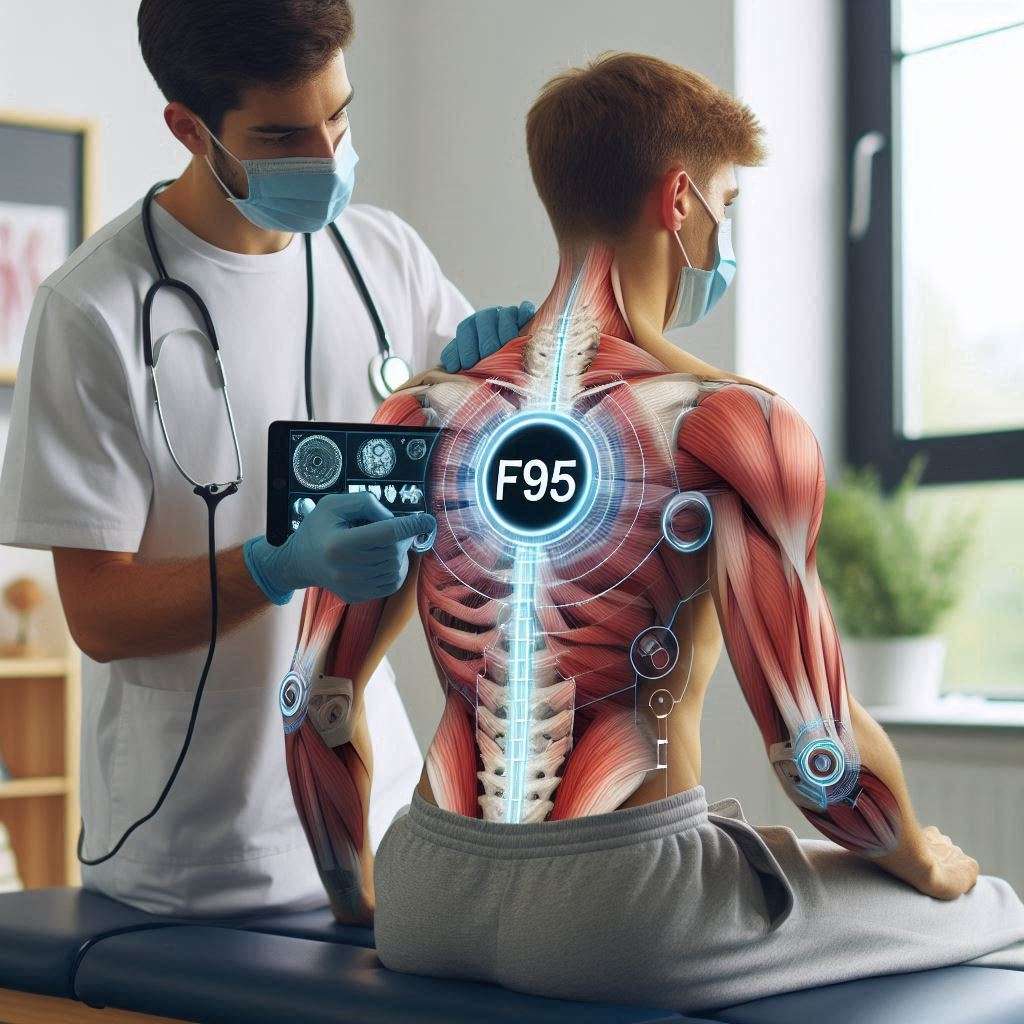
Advanced Physiotherapy Methods for Pain Prevention
In the contemporary realm of pain management and prevention, advanced physiotherapy methods stand at the forefront of effective, non-invasive treatments. These innovative techniques not only alleviate chronic pain but also prevent the onset of musculoskeletal disorders. Our exploration into these advanced methods will provide a comprehensive understanding of how they contribute to a healthier, pain-free life.
Understanding Advanced Physiotherapy
Advanced physiotherapy encompasses a variety of sophisticated techniques designed to address complex pain issues. These methods are tailored to individual needs, considering factors such as age, physical condition, and specific health concerns. The primary goal is to enhance the body’s natural healing processes and improve overall functionality.
Core Techniques in Advanced Physiotherapy
Manual Therapy
Manual therapy involves hands-on techniques to mobilize joints and soft tissues. This approach includes:
- Joint Mobilization and Manipulation: Targeting specific joints to reduce stiffness and improve range of motion.
- Soft Tissue Mobilization: Techniques like myofascial release and trigger point therapy to relieve muscle tension.
- Muscle Energy Techniques (MET): Active participation of the patient to improve musculoskeletal function.
Electrotherapy
Electrotherapy uses electrical energy to facilitate healing and pain relief. Key modalities include:
- Transcutaneous Electrical Nerve Stimulation (TENS): Reduces pain by stimulating nerve endings.
- Interferential Therapy (IFT): Combines two high-frequency currents to penetrate deep tissues, reducing pain and inflammation.
- Ultrasound Therapy: Uses sound waves to promote tissue repair and decrease inflammation.
Dry Needling
Dry needling is an advanced technique targeting myofascial trigger points to alleviate pain and improve mobility. This method involves:
- Insertion of Fine Needles: Into specific muscle knots or trigger points.
- Release of Muscle Tension: Promoting blood flow and healing.
Therapeutic Exercise
Customized therapeutic exercise programs are crucial for preventing pain. These exercises aim to:
- Strengthen Muscles: Improving support for joints and reducing strain.
- Enhance Flexibility: Increasing range of motion and preventing stiffness.
- Correct Posture: Addressing imbalances that contribute to pain.
Specialized Physiotherapy Techniques
Kinesiology Taping
Kinesiology taping involves applying specialized tape to support muscles and joints without restricting movement. Benefits include:
- Pain Reduction: By lifting the skin, increasing blood flow, and reducing pressure on pain receptors.
- Enhanced Recovery: Supporting injured areas while allowing full range of motion.
Shockwave Therapy
Shockwave therapy uses acoustic waves to treat chronic pain conditions. It is particularly effective for:
- Tendonitis: Such as plantar fasciitis or Achilles tendonitis.
- Calcific Shoulder Tendonitis: Breaking down calcium deposits and promoting healing.
Laser Therapy
Laser therapy employs low-level lasers to stimulate cellular activity and accelerate tissue repair. It is used for:
- Reducing Inflammation: Enhancing cell metabolism and improving circulation.
- Pain Relief: Through the release of endorphins and other natural painkillers.
Hydrotherapy
Hydrotherapy utilizes water’s physical properties to aid in rehabilitation and pain prevention. Techniques include:
- Aquatic Exercises: Utilizing buoyancy to reduce joint stress while exercising.
- Warm Water Therapy: Enhancing circulation and relaxation, reducing muscle spasms.
Integrative Approaches in Physiotherapy
Cognitive Behavioral Therapy (CBT)
Incorporating CBT into physiotherapy addresses the psychological aspects of chronic pain. This approach helps patients:
- Manage Stress: Reducing the impact of psychological factors on physical pain.
- Develop Coping Strategies: Enhancing resilience and pain management.
Mindfulness and Relaxation Techniques
Mindfulness and relaxation techniques, such as meditation and deep breathing exercises, are integral to comprehensive pain management. Benefits include:
- Stress Reduction: Decreasing the perception of pain.
- Improved Mental Health: Enhancing overall well-being.
Nutritional Guidance
Proper nutrition plays a vital role in pain prevention. Physiotherapists often provide:
- Dietary Advice: On anti-inflammatory foods and supplements.
- Nutritional Support: Tailoring diets to support tissue repair and overall health.
Benefits of Advanced Physiotherapy Methods
The advantages of advanced physiotherapy methods are extensive and impactful. They include:
- Non-Invasive Pain Relief: Reducing the need for medication or surgery.
- Enhanced Mobility: Improving joint and muscle function.
- Personalized Treatment Plans: Tailoring interventions to individual needs.
- Holistic Health Improvement: Addressing both physical and psychological aspects of pain.
Conclusion
Advanced physiotherapy methods offer a comprehensive and effective approach to pain prevention and management. By integrating these sophisticated techniques into treatment plans, individuals can achieve lasting relief and enhanced quality of life. Embracing these innovations not only addresses current pain issues but also prevents future occurrences, promoting a healthier, more active lifestyle.


